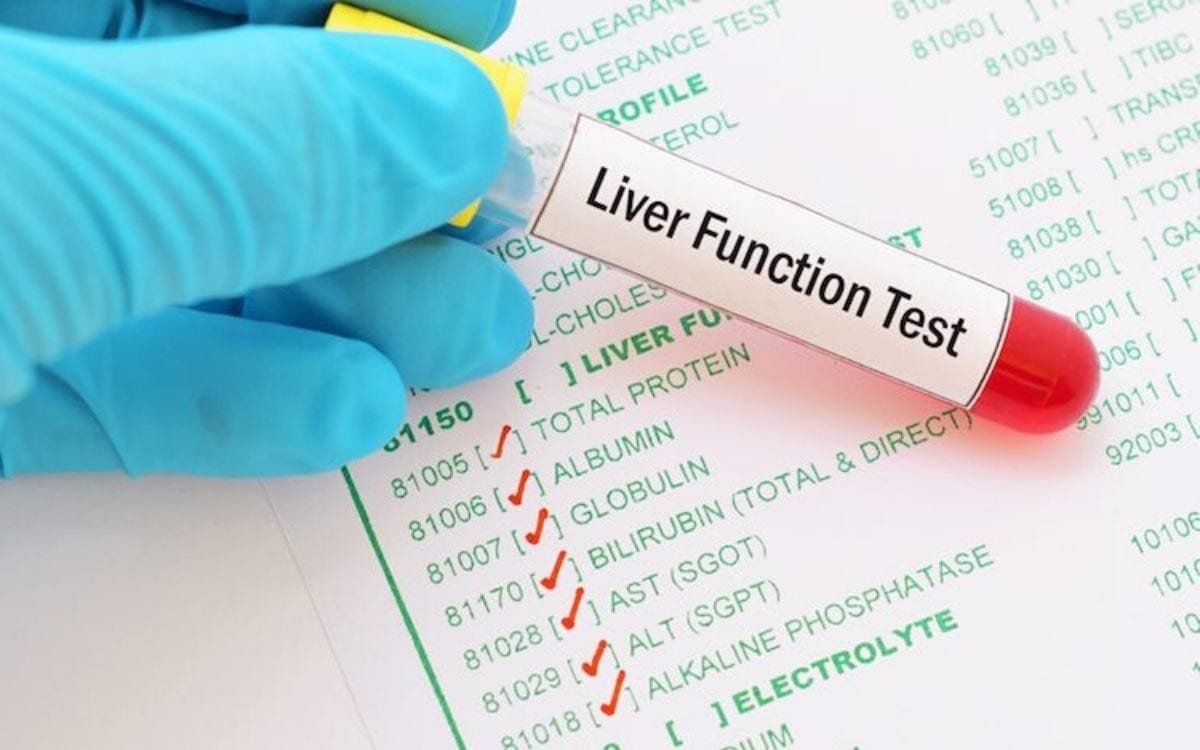What Is a Blood Test?
A blood test is when a sample of blood is taken from the body to be tested in a lab. Doctors order blood tests to check things such as the levels of glucose, hemoglobin, or white blood cells. This can help them detect problems like a disease or medical condition. Sometimes, blood tests can help them see how well an organ (such as the liver or kidneys) is working.
What Is a Hepatic (Liver) Function Panel?
A liver function panel is a blood test that helps doctors check for liver injury, infection, or disease. Liver function panels also can check for side effects in the liver from some medicines.
Why Are Liver Function Panels Done?
A liver function panel is done to learn information about the levels of:
-
- Albumin and total protein, which help build and maintain muscles, bones, blood, and organ tissue. Low levels may be seen with liver or kidney disease, or nutritional problems.
- Liver enzymes: Alkaline phosphatase (ALP), alanine aminotransferase (ALT), and aspartate aminotransferase (AST). These enzymes help the liver convert food into energy. When their levels are high, it can be a sign of that the liver is injured or irritated.
- Bilirubin. Bilirubin is made when red blood cells break down. The liver changes the bilirubin so that it can be excreted from the body. High bilirubin levels may mean there is a problem with the liver. This can make skin look yellow, a condition called jaundice.
How Should We Prepare for a Liver Function Panel?
Your child may be asked to stop eating and drinking for 8 to 12 hours before the test. Tell your doctor about any medicines your child takes because some drugs might affect the test results.
Wearing a T-shirt or short-sleeved shirt for the test can make things easier for your child, and you also can bring along a toy or book as a distraction.
How Is a Liver Function Panel Done?
Most blood tests take a small amount of blood from a vein. To do that, a health professional will:
- clean the skin
- put an elastic band (tourniquet) above the area to get the veins to swell with blood
- insert a needle into a vein (usually in the arm inside of the elbow or on the back of the hand)
- pull the blood sample into a vial or syringe
- take off the elastic band and remove the needle from the vein
In babies, blood draws are sometimes done as a “heel stick collection.” After cleaning the area, the health professional will prick your baby’s heel with a tiny needle (or lancet) to collect a small sample of blood.
Collecting a sample of blood is only temporarily uncomfortable and can feel like a quick pinprick.


